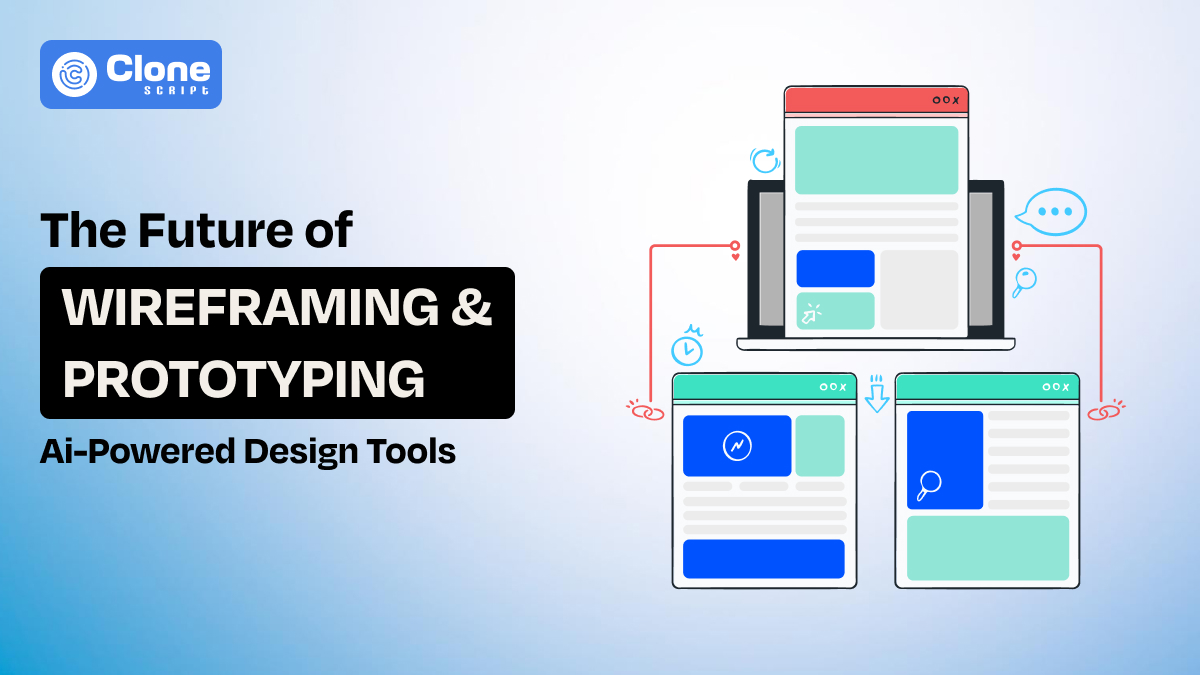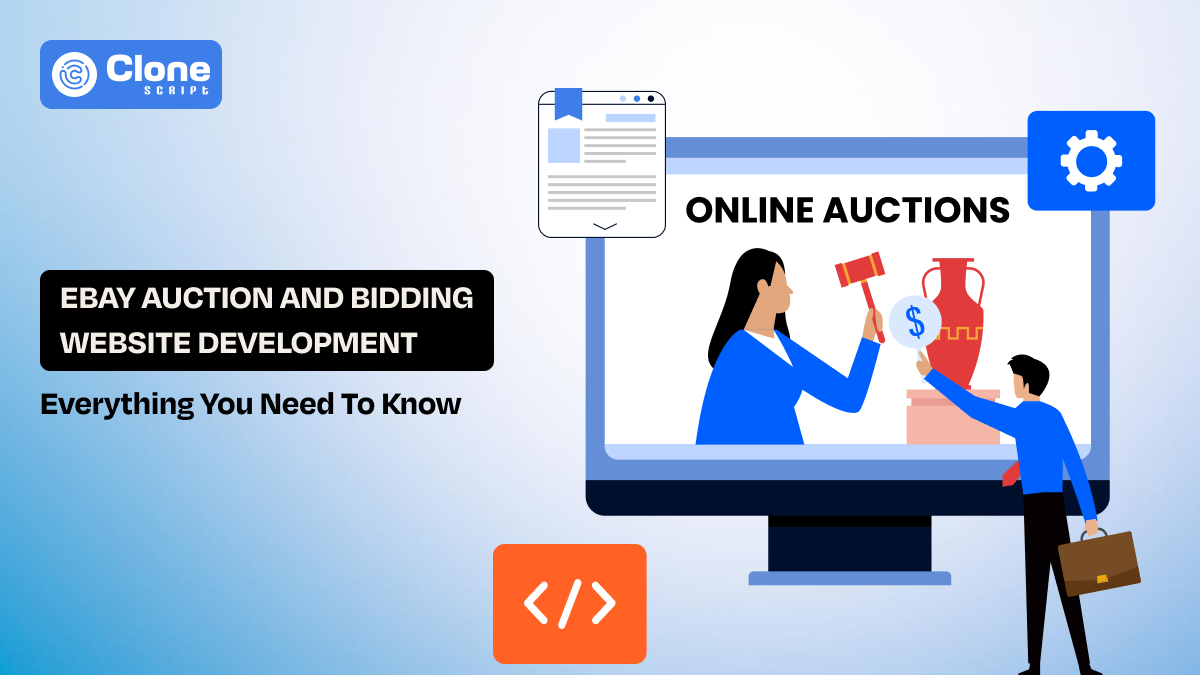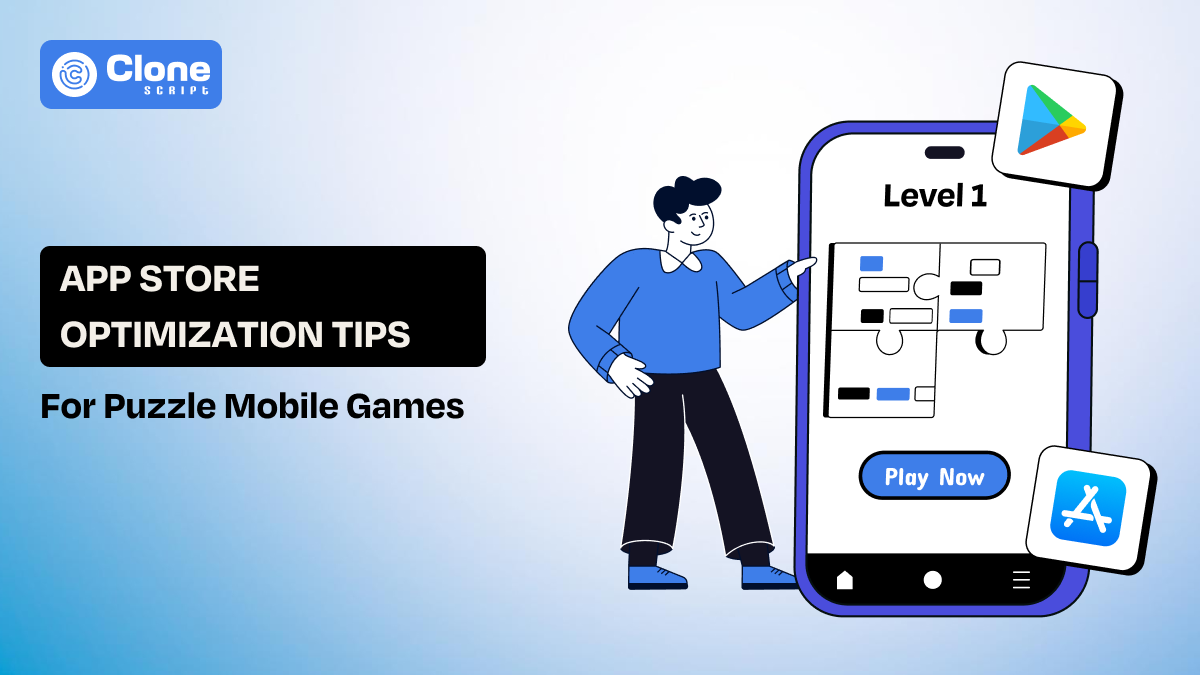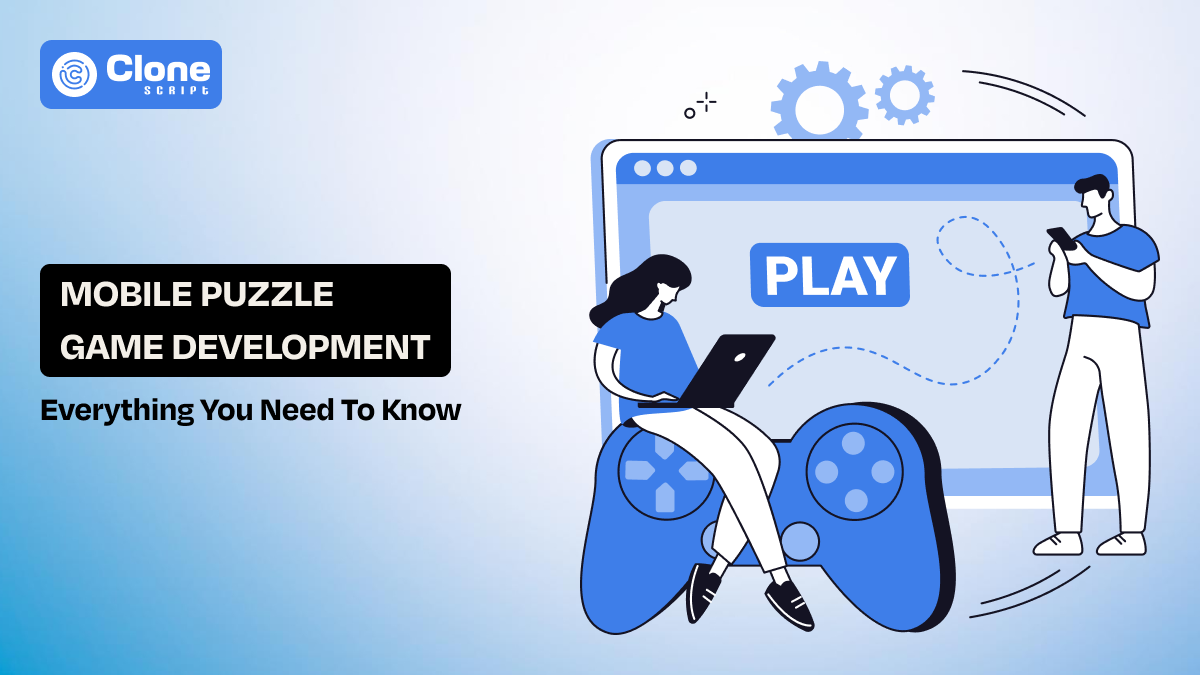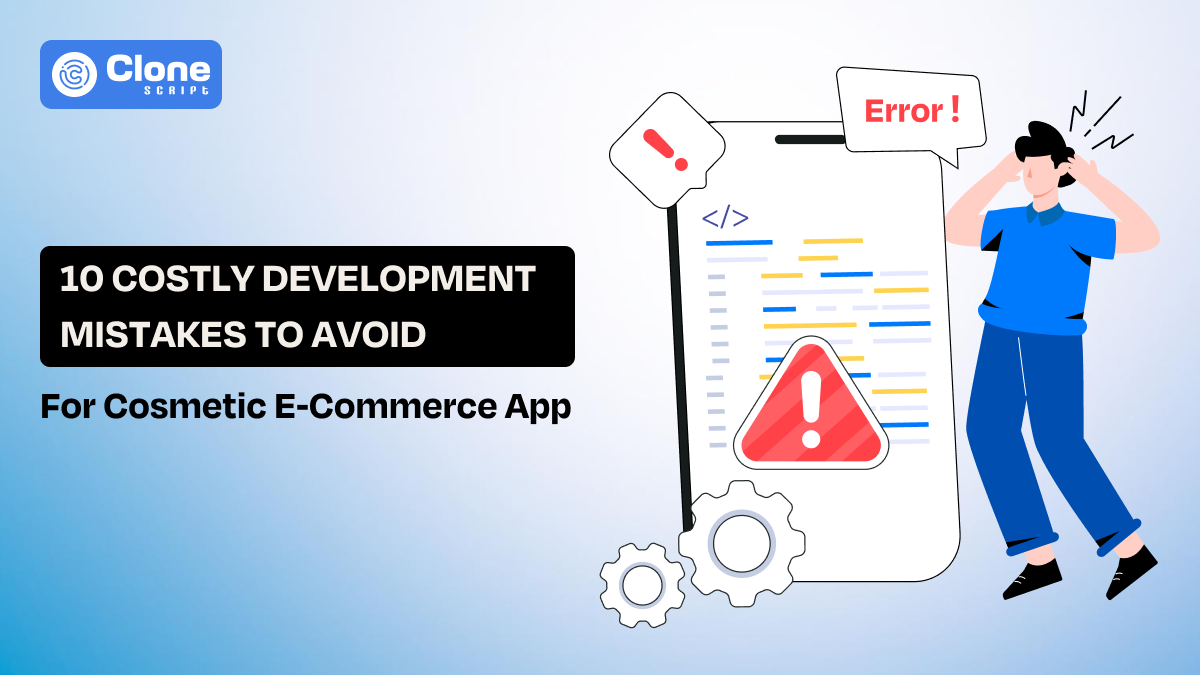The Future of Wireframing & Prototyping: AI-Powered Design Tools
Tired of wrestling with design tools?
Imagine sketching out a UI, seeing it come to life instantly, and getting feedback from your team in real-time. That's the power of AI-powered design tools.
Wireframing and prototyping are essential for any good design. But let's be honest, the traditional way can feel like a lot of work. Repetitive tasks, slow iterations, and waiting for feedback – can really slow you down.
AI-powered tools change all that. They make the design process smoother, faster, and more enjoyable. So, get ready to experience the future of design – it's here, and it's amazing!
What Are AI-Powered Design Tools?
AI-powered design tools using artificial intelligence to simplify and accelerate the wireframing and prototyping processes. Unlike conventional tools, these advanced platforms use properly trained algorithms to analyze inputs and generate intuitive designs.
Imagine drawing an idea on paper and having AI instantly transform it into a digital wireframe—that’s the level of innovation AI brings to the table.
Benefits of AI in Wireframing and Prototyping
Here is the complete list of AI-powered web design wireframing and prototyping to consider.
-
Increased Efficiency: This advanced technology automates repetitive tasks, freeing up valuable time for designers to focus on creativity.
-
Enhanced Creativity: By generating design suggestions, AI pushes the boundaries of innovation. It offers a creative layout based on the inputs.
-
Improved Accuracy: With predictive capabilities, AI minimizes errors and ensures a seamless user experience from starting a layout to getting feedback.
-
Cost-Effective Solutions: By reducing the time spent on manual iterations, AI tools can help teams stay within budget without compromising quality.
Key Features of AI-Powered Design Tools
AI-powered tools come packed with features that redefine the design process.
Let’s explore some of the most impactful ones:
1. Automated Wireframe Generation
-
Gone are the days of manual wireframing. AI-powered tools like Visily and Uizard enable designers to upload rough sketches or even text prompts and receive fully functional wireframes within seconds. This capability not only saves time but also allows for rapid iterations during brainstorming sessions.
-
For instance, a team working on an e-commerce website development can feed a simple description into AI design software to generate a skeleton layout. This initial wireframe can then be refined collaboratively, ensuring that the final output aligns with the project’s goals such as a unified online shopping experience on the platform.
2. Intelligent Design Suggestions
-
AI tools analyze user inputs and provide tailored suggestions for UI components, layouts, and design elements. There’s no need to invest hundreds of hours in design creation.
-
For example, if you’re creating a UI dashboard for a crypto exchange platform, the tool might recommend optimal placement for charts and navigation menus based on best practices. These suggestions help elevate the design quality while adhering to industry standards.
3. Real-Time Collaboration and Feedback
-
Web design has numerous challenges, especially in terms of collaboration. Tools like Uizard facilitate real-time collaboration and help team members provide instant feedback and make collective decisions.
-
This feature streamlines workflows and ensures everyone stays aligned. Teams can share wireframes and prototypes with stakeholders, gather input, and implement changes—all within a single platform. There are no multiple accounts needed!
4. Seamless Integration with Existing Tools
-
Many AI prototyping software integrate with popular design software like Figma, Sketch, and Adobe XD. This interoperability supports teams can enhance their workflows without completely overhauling existing processes.
Leading AI-Powered Wireframing and Prototyping Tools
With numerous AI tools available, selecting the right one can be confusing. Here’s a closer look at some industry leaders offering advanced-level designing solutions:
1. Visily
-
Key Features: AI-driven design suggestions, user-friendly interface, and seamless export options.
-
Best For: Design novices and professional teams alike.
-
Example Use Case: A startup creating a yoga class mobile app mockup can leverage Visily to quickly generate wireframes and refine them based on AI feedback.
2. Uizard
-
Key Features: Converts hand-drawn sketches into digital wireframes, offers smart design suggestions, and supports team collaboration.
-
Best For: Rapid prototyping and design sprints.
-
Example Use Case: A team tasked with a product demo can sketch their ideas, digitize them using Uizard, and present a prototype within a few hours.
3. Galileo AI
-
Key Features: Advanced text-to-design capabilities, enabling designers to transform simple descriptions into sophisticated layouts.
-
Best For: Brainstorming and early ideation phases.
-
Example Use Case: Digital marketing teams planning a campaign landing page can input their requirements into Galileo AI and receive design suggestions instantly.
Impact of AI on the Web Design Workflow
AI is not just a tool; it’s a transformative force reshaping the entire design workflow. Here’s how:
1. Streamlining the Design Process
-
AI automates boring tasks like resizing elements, aligning components, and creating placeholders. As a result, designers can move from concept to prototype faster than ever.
-
For example, tasks that previously took hours, such as creating responsive f for multiple devices can now be completed in minutes.
2. Enhancing Creativity and Innovation
-
With AI handling ordinary tasks, designers can invest their energy in exploring bold ideas and experimenting with new layouts. This shift encourages a culture of creativity and innovation. Furthermore, its ability to generate out-of-the-box design suggestions guarantees that projects stay fresh and competitive.
3. Improving User Experience
-
In web design analyzing the user behavior correctly makes or breaks the product's success. Here you’re using the AI tools will understand the pattern and suggest what works and what doesn’t.
-
Designers can use this data to create more intuitive and user-friendly designs and confirm the end product resonates with its audience.
-
For instance, AI can highlight areas where users are likely to drop off. So, designing teams to address potential issues proactively.
4. Promoting Accessibility
-
Another significant impact of AI is its role in promoting accessibility. Tools can suggest adjustments to understand designs cater to diverse user groups, such as optimizing color contrast for visually impaired users or adding voice navigation features.
Challenges and Considerations Utilizing AI Wireframing and Prototyping Tools
While AI-powered tools offer immense potential, they’re not without challenges. It’s important to approach them with a balanced stance.
A. Limitations of AI in Design
-
Lack of Human Touch: As AI is a trained model it can’t replicate the empathy and nuanced understanding that human designers bring to the table. This phase is in trial but in the future, these tools will definitely achieve the human touch for web designing.
-
Data Dependency: The quality of AI-generated designs depends heavily on the data it’s trained on. Poor data can lead to unsatisfactory outcomes.
B. Ethical Considerations
-
Privacy Concerns: Using these AI web design softwares often relies on user data, raising questions about privacy and data security.
-
Bias in Design: Algorithms can unknowingly introduce biases, leading to designs that may not cater to diverse user groups.
C. Cost Barriers
While many AI tools offer free versions, the advanced features often come at a premium. For small businesses or independent designers, these costs can be an obstacle.
Future Trends in AI-Powered Design Tools
The future of wireframing and prototyping is bright, with AI balanced to integrate with other cutting-edge technologies.
A. Integration with AR/VR
-
Imagine using virtual reality to create immersive prototypes or augmented reality to visualize designs in real-world contexts. AI combined with AR/VR can make this a reality.
-
For example, architects could use AR to showcase 3D building designs to clients, providing an interactive experience.
B. Evolution of AI Capabilities
-
As artificial intelligence continues to evolve, we can expect tools to become more intuitive, offering personalized design suggestions and encouraging fully autonomous prototyping. These advancements will push the limits of what’s possible in design.
-
Advanced technologies might even develop the capability to learn an individual designer’s style, offering suggestions that align with their unique approach.
C. Wider Adoption in Non-Design Fields
-
AI-powered design tools aren’t limited to UI/UX professionals. Marketers, educators, and entrepreneurs are increasingly adopting these tools to create impactful visuals and prototypes without requiring technical expertise.
Top Web Design Examples
Conclusion
AI-powered design tools are not just a trend; they’re the future of wireframing and prototyping. By automating repetitive tasks, enhancing creativity, and improving accuracy, these tools empower designers to focus on what truly matters—creating exceptional user experiences.
While challenges like ethical concerns and potential biases remain, the benefits far outweigh the drawbacks. By adopting these latest web design tools, designers can stay ahead of the curve and redefine the possibilities of UI/UX design.
So, what are you waiting for?
Explore tools like Visily, Uizard, and Galileo AI today and take the first step toward the future of design. As you navigate this exciting journey, remember that the best designs come from a harmonious blend of human creativity and AI innovation.
P.S. If you’re searching to design a customized website or mobile application for your business? Contact us. We have hundreds of pre-designed UI/UX layouts for various businesses. You can check our best web UI design and pick the relevant one based on your brand preferences.
 BTC - Bitcoin
BTC - Bitcoin
 USDTERC20 - USDT ERC20
USDTERC20 - USDT ERC20
 ETH - Ethereum
ETH - Ethereum
 BNB - Binance
BNB - Binance
 BCH - Bitcoin Cash
BCH - Bitcoin Cash
 DOGE - Dogecoin
DOGE - Dogecoin
 TRX - TRON
TRX - TRON
 USDTTRC20 - USD TRC20
USDTTRC20 - USD TRC20
 LTC - LiteCoin
LTC - LiteCoin

